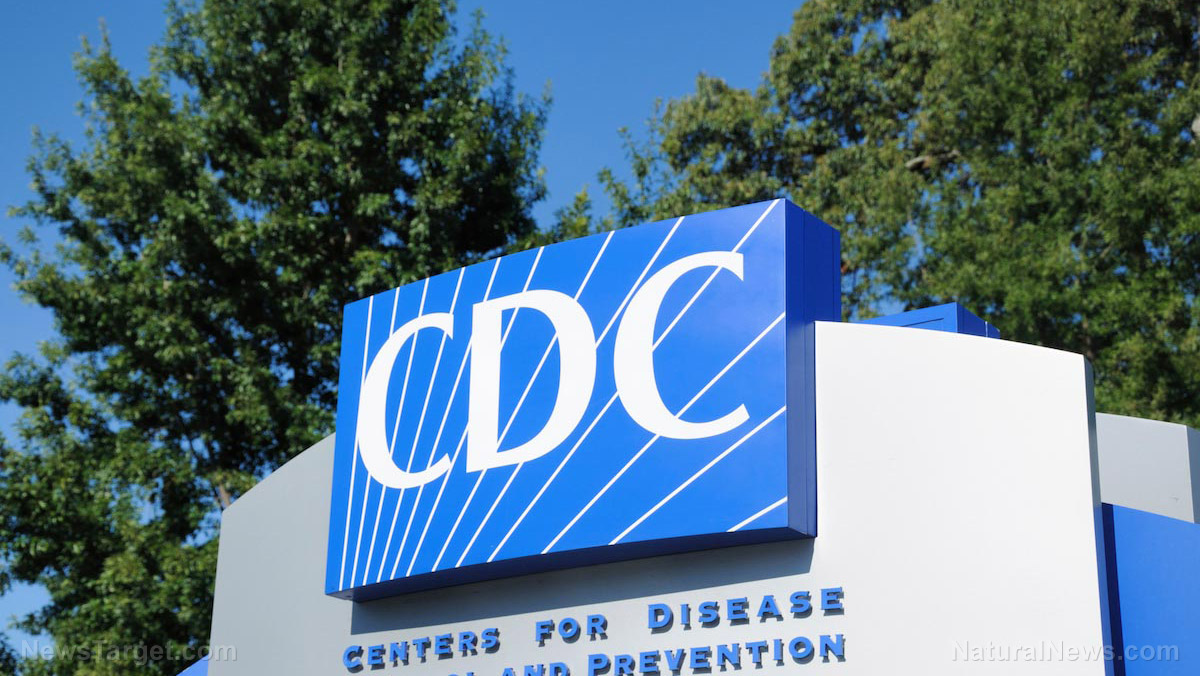Infectious disease experts confirm immigration from Latin America bringing wave of infectious “Chagas disease” into California
08/08/2018 / By Rhonda Johansson

In the first large-scale survey in the United States of its kind, experts have found that around 1.24 percent of Latin American-born residents living in Los Angeles are infected with the Chagas disease. This is a parasitic infection only found in the Americas and is associated with an increased risk of life-threatening heart damage if not detected or treated early.
According to the World Health Organization (WHO), 30 percent of chronically infected Chagas disease patients develop cardiac alterations, with 10 percent eventually developing digestive or neurological complications. Unfortunately, most people do not even know they are infected until they develop severe symptoms. This has given Chagas disease the moniker of the “silent killer.”
The new study supports the Centers for Disease Control and Prevention (CDC)’s estimates that there are around 300,000 people currently living with the disease in North America.
A major public health concern
Authors of the the study, which was published in Clinical Infectious Diseases, observed around 5,000 Latin American-born residents in Los Angeles County. Researchers coordinated with the Center of Excellence for Chagas Disease (CECD) and found that 1.24 percent of tested participants showed positive results for Chagas disease. Authors of the study suggested that this could potentially translate to around 30,000 people in the Los Angeles area being infected, which supports the CDC’s nationwide estimates.
Colin Forsythe, an epidemiologist from Drugs for Neglected Diseases Initiative (DNDi) and Doctors Without Borders/ Médecins Sans Frontières (MSF) said in an article on ScienceDaily.com, “although this study concentrated on Latin American-born residents of Los Angeles, California, Chagas disease has also been in the U.S. for centuries. The bugs that transmit Chagas disease live in 27 states — the whole southern half of the country — and we know that they sometimes infect people, but we need further research to determine how often this takes place.”
Forsythe’s statement was supported by the study’s lead author, Dr. Sheba Meymandi, Director of CECD. “Less than one percent with the infection are receiving treatment for Chagas disease. Without treatment, many Chagas patients are at risk of a ‘silent death’ due to heart failure. Our study demonstrates the need for similar research in other states, and underscores the critical importance of early detection and treatment to tackle this public health challenge in the U.S.”
What you need to know
The disease is spread through the parasite Trypanosoma cruzi and is more common in the rural areas of Latin America where poverty is more prevalent. The CDC estimates that there are as many as eight million people in Mexico, Central America, and South America who are infected with the disease. That being said, more people in North America are at risk of being infected due to the sudden influx of Latin American immigrants.
Chagas disease can spread in many ways. In disease-endemic areas, people get infected through vectorborne transmission. Insects get infected by biting an infected person or animal. These insects then pass the Chagas parasites in their feces. After they bite and ingest the blood, they defecate on a person. Because these vector insects like to feed on people’s faces, they are often called “kissing bugs.” The person becomes infected as the parasites in the bug’s feces enter the body through membranes or breaks in the skin. The person may also inadvertently scratch or rub the feces into bite wounds, eyes, or mouth. Though more rare, people can also become infected through blood transfusion, organ transplantation, or accidental laboratory exposure.
As of this writing, the only drugs that successfully kill Chagas parasites are benznidazole and nifurtimox. Both drugs are more than 40 years old and have not been registered for use in the U.S. by the Food and Drug Administration (FDA).
Read more on how to better care for yourself and your family by reading the articles at Prevention.news and Preparedness.news.
Sources include:
Submit a correction >>
Tagged Under:
chagas, Chagas disease, Immigration, Latin America, latin american diseases
This article may contain statements that reflect the opinion of the author
RECENT NEWS & ARTICLES
Infections.News is a fact-based public education website published by Infections News Features, LLC.
All content copyright © 2018 by Infections News Features, LLC.
Contact Us with Tips or Corrections
All trademarks, registered trademarks and servicemarks mentioned on this site are the property of their respective owners.





















